Life Part 2/4 - The very beginning.
They haven’t figured it out yet. But 3.5 billion years ago, organic molecules grouped into a primitive cell, a unit that can reproduce itself. That’s how it all started.
It would be a chance event.
It is believed that it is possible that elementary organic substances were formed spontaneously. The necessary atoms were available (by the way, everywhere in the universe) and there was water so that the chemical processes could get going. It’s all about chemistry, that’s all it takes.
It naturally becomes more difficult to understand as those elementary organic substances begin to take on increasingly complex forms. In a laboratory, chemistry is then helped with, for example, targeted catalysts. Whether they were already present in the primordial soup remains the question.
For very large molecules, a step-by-step plan is needed, one can imitate that. Whether nature could do that at that time is uncertain. Other possible pathways to those macromolecules are not yet known. This step-by-step plan is known within a cell structure, but to be clear: there was no question of a cell at all. In any case, the necessary complex macromolecules have been created, gradually the way to a first cell structure was open.
The emergence of the first cells.
A cell is a closed whole to begin with, so there must be a cell wall:
- If we look at a bubble, it seems simple. Some liquid soap and a hint of wind and the bubble is there. It is not very sturdy and, moreover, a quantity of air is enclosed in the bubble. In a cell, the intention is not to enclose a quantity of air, but the intention is to enclose a quantity of water. And then a soap membrane can not serve at all.
- So there had to be an appropriate cell membrane. It is now known that fatty substances (such as phospholipids) tend to stick together into a ball in which water is enclosed. Actually, those fatty substances in water do the same thing as the soapy substances do in air. So we can say that the first cells are a fact.
- A cell is therefore a closed whole. The safe inside is closed off from the unsafe outside by a cell wall. But there must be an interaction possible, this means that there must be gates in that cell wall (which can open and close) to guide waste products outside and to guide building materials inside. Those gate molecules are downright complicated and yet they are there. Everyone can imagine that it is simple to build a wall, but to make lockable gates in it requires some (accidental?) craftsmanship.
Now let’s look at the contents of a cell.
The content is watery, but it is not ordinary water. Usually the concentration of the substances in the cell is higher than outside the cell. So in order to bring those substances in, work has to be done. Read: that costs energy, compare it with rowing against the current. So a cell must have the necessary energy. The first candidate for this is the ATP/ADP system, which will be discussed in part 10/10.
A very important part of the cell content is the nucleus. I admit that with the first cells (prokaryotes) there was no real nucleus yet, which only comes up later in the modern cells (eukaryotes). In any case, there must be a nucleus to be able to control the cell. Well such a core is very complicated. If we only look at its content, we end up with the nuclear acids (DNA and RNA). The construction of these nuclear acids is extremely complicated, it is incomprehensible that they were created by chance. We get into trouble and some seek salvation in religion. The two nuclear acids DNA and RNA:
- Control all cell mechanisms (and there are a lot of them).
- They contain all the information to make a cell function (a liver cell is something different than a lung cell).
- They remember that information.
- And also pass on that information during cell division. In this way, the hereditary information from the mother cell is passed on to the daughter cell.
In addition to the nucleus, there are other complex particles in the interior of the cell. Let’s take the mitochondria and the chloroplasts as examples. Both particles are extremely sophisticated. Creating them through coincidences will have taken a lot of time, but that time is there and we can be very sure of the latter. Nowadays, it is tended to be assumed that both mitochondria and chloroplasts used to be independent cell structures such as prokaryotes. These prokaryotes would then have been swallowed up by other prokaryotes with a primitive nucleus and in this way the final eukaryotes, say the cells of today, would have arisen. This process is known as the endosymbiosis hypothesis.
Finally, one detail speaks in favor of this theory. Both mitochondria and chloroplasts have a double membrane. They already had one of their own. That other membrane was added when they were enclosed by a precursor of a eukaryote.
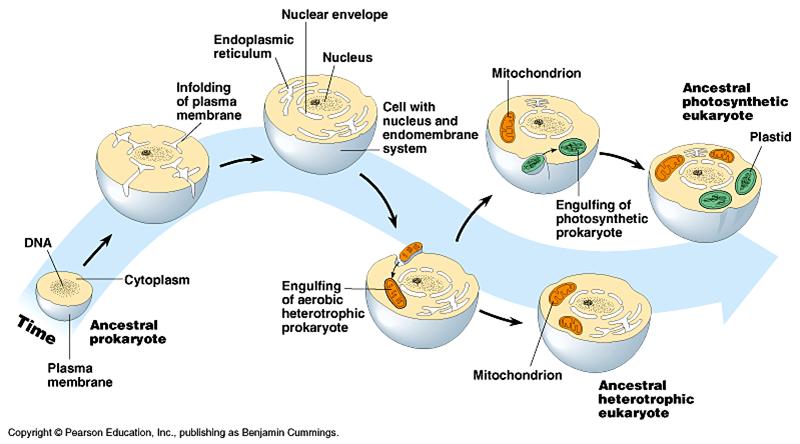
This illustration can be seen on the Wikipedia website.
And then we have to go to the multicellular organisms.
In fact, it is a grouping of cells, which at first sight is not a difficult issue.
But all these cells must of course be able to communicate with each other in order to do a targeted division of tasks so that a full-fledged multicellular organism can arise:
- Some cells take care of the transport.
- Other cells provide the support.
- Still other cells take care of reproduction.
- And so we can go on for a while…
It gradually becomes a tangle. We know that it has been all right, but how or what and possibly by whom is unclear.
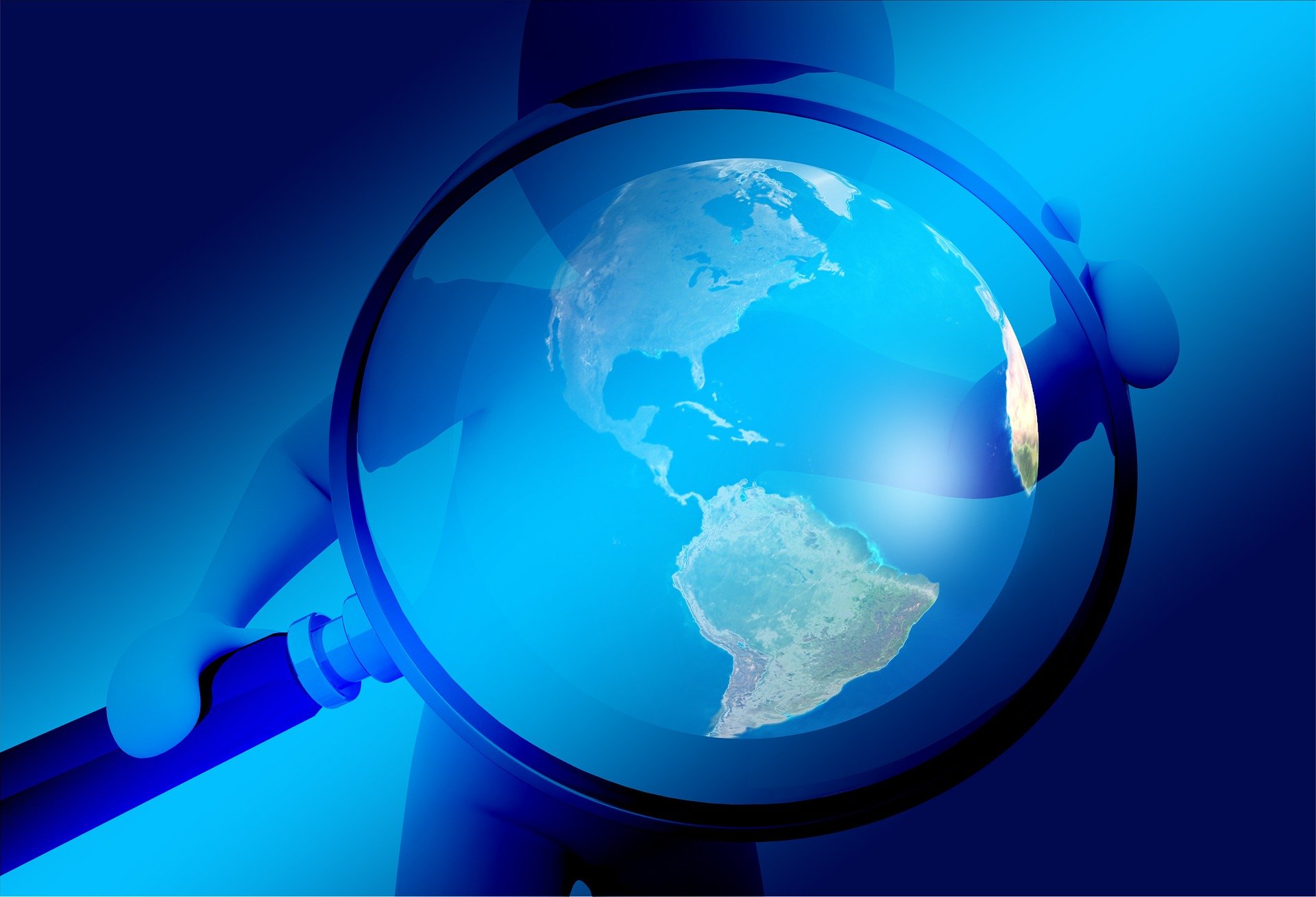


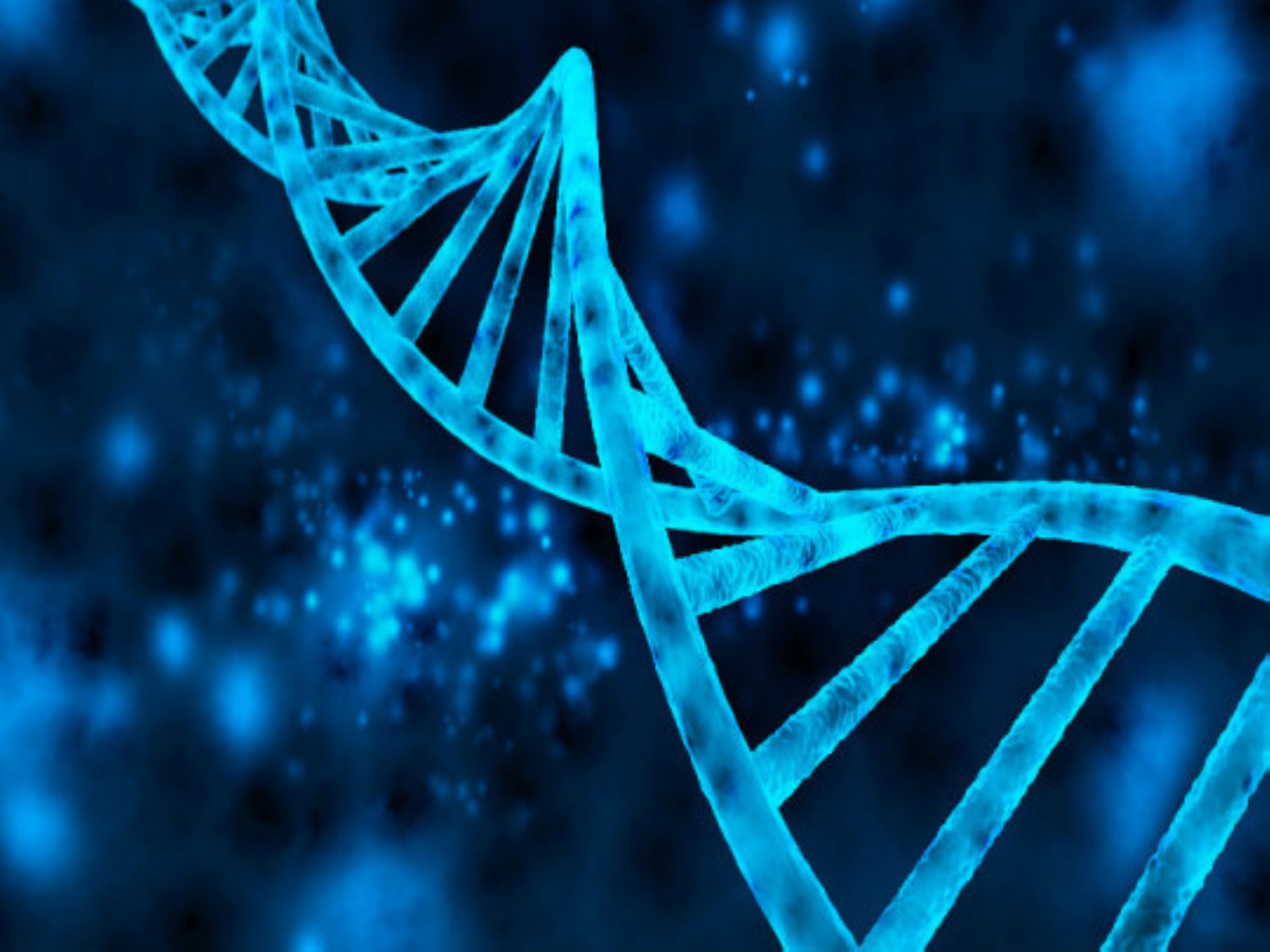
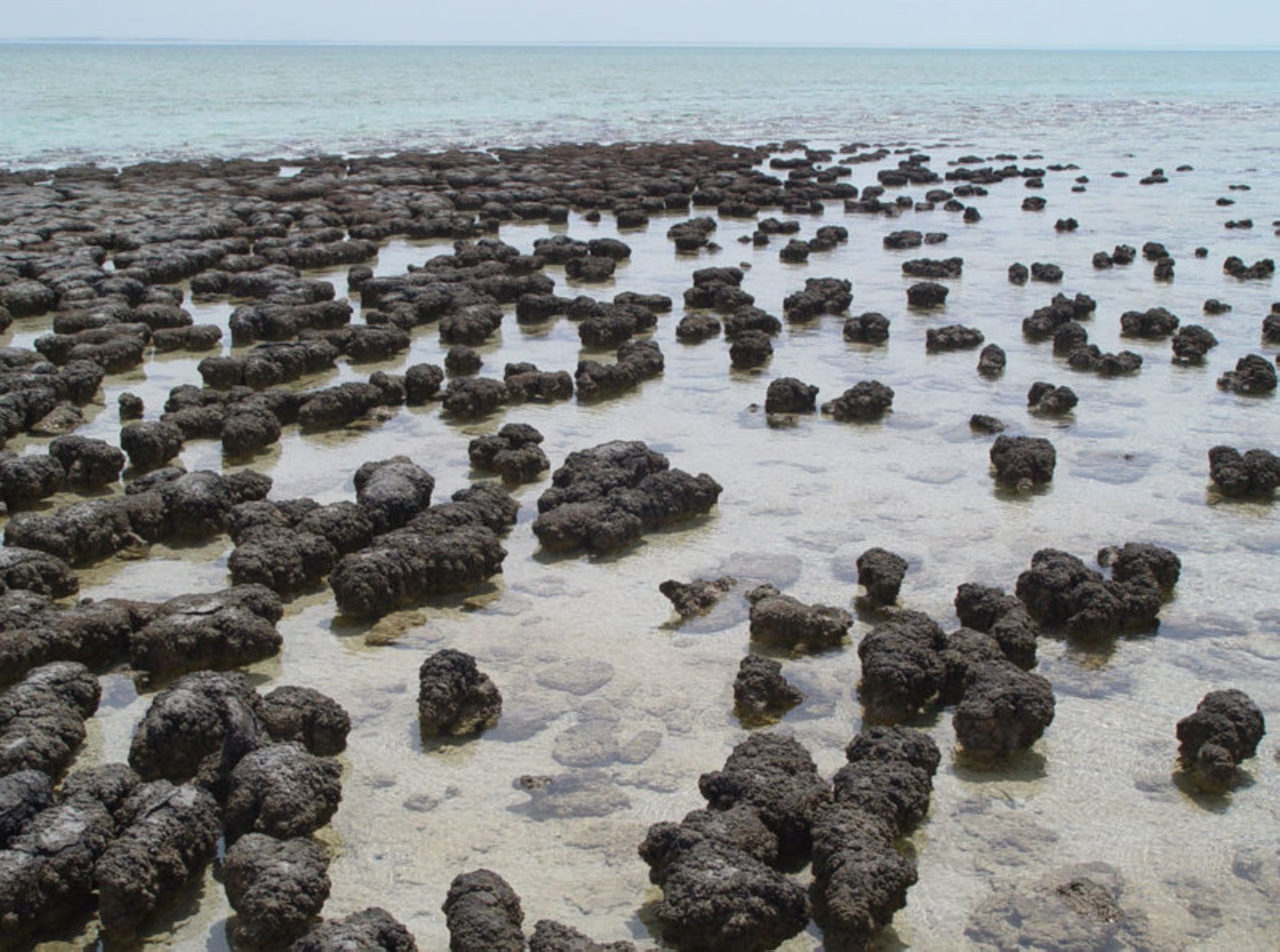
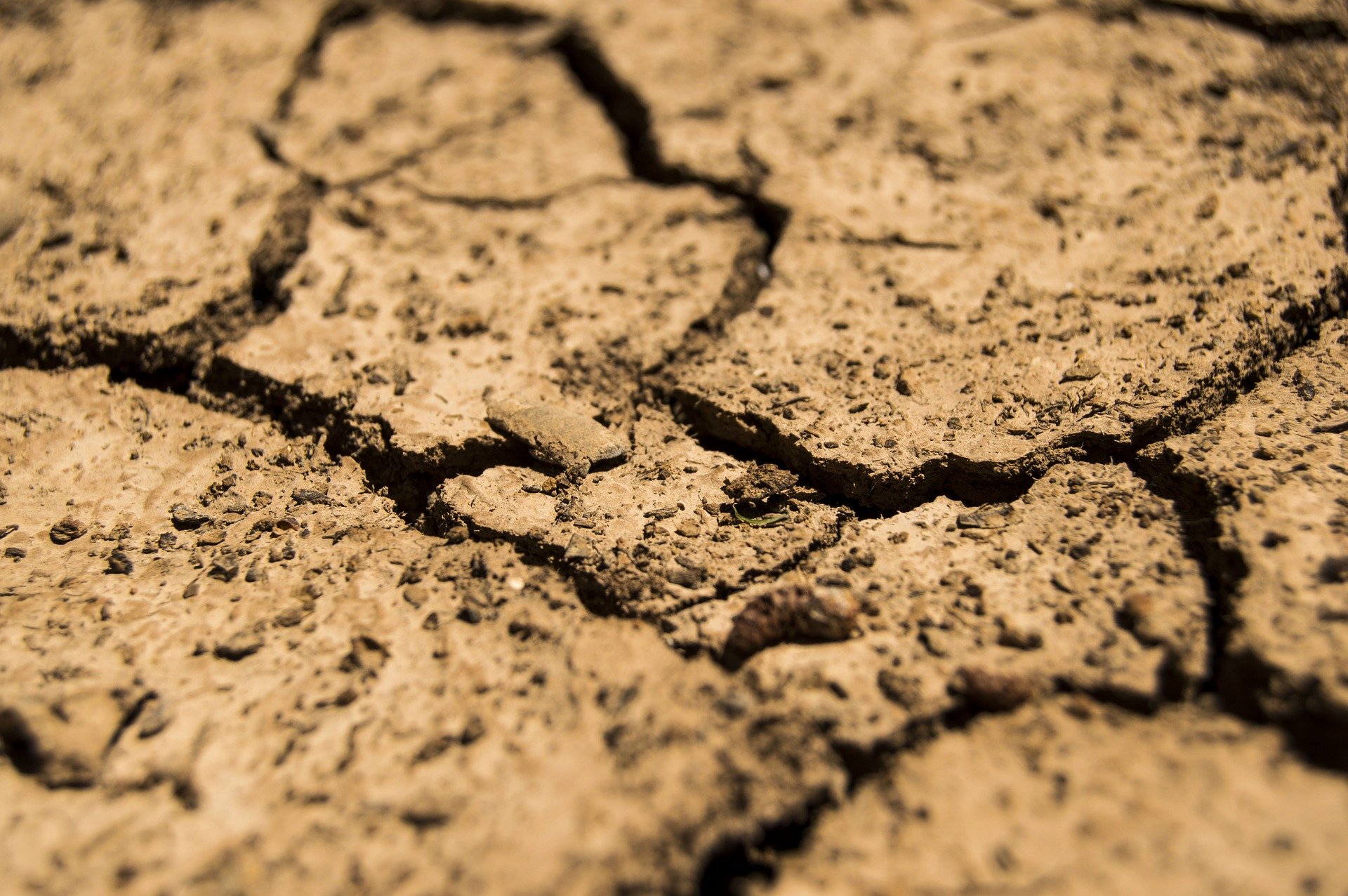
Comments